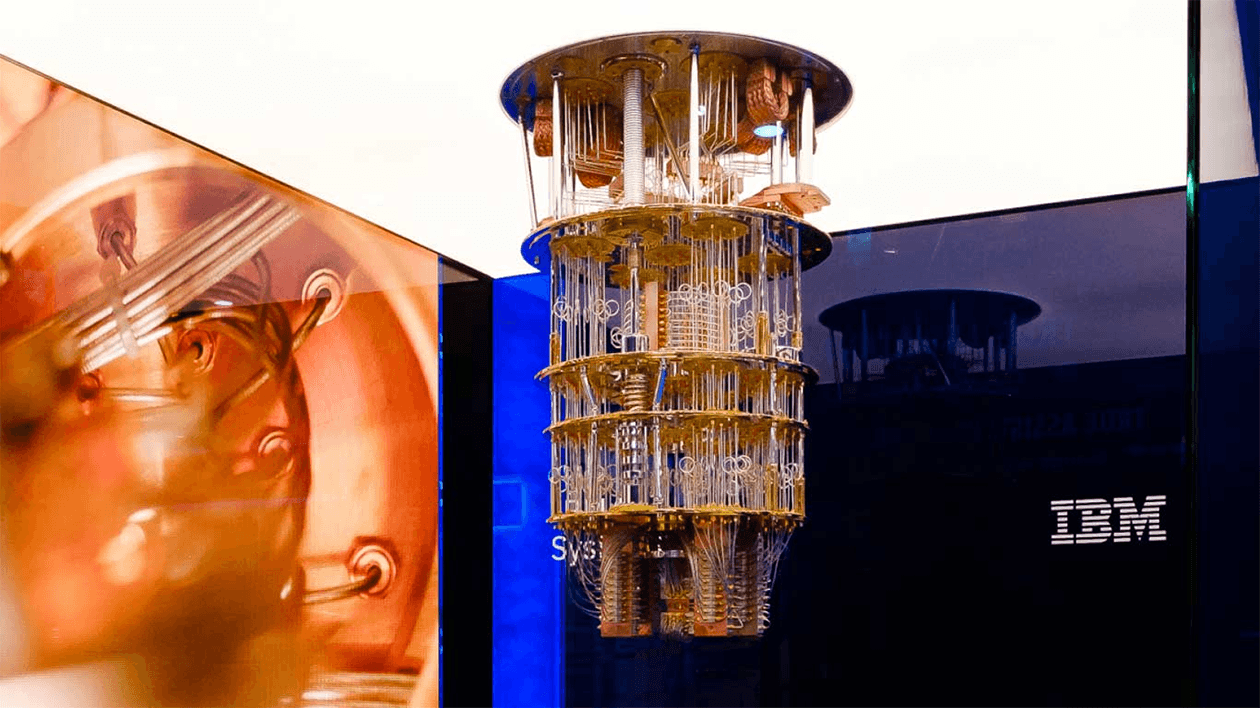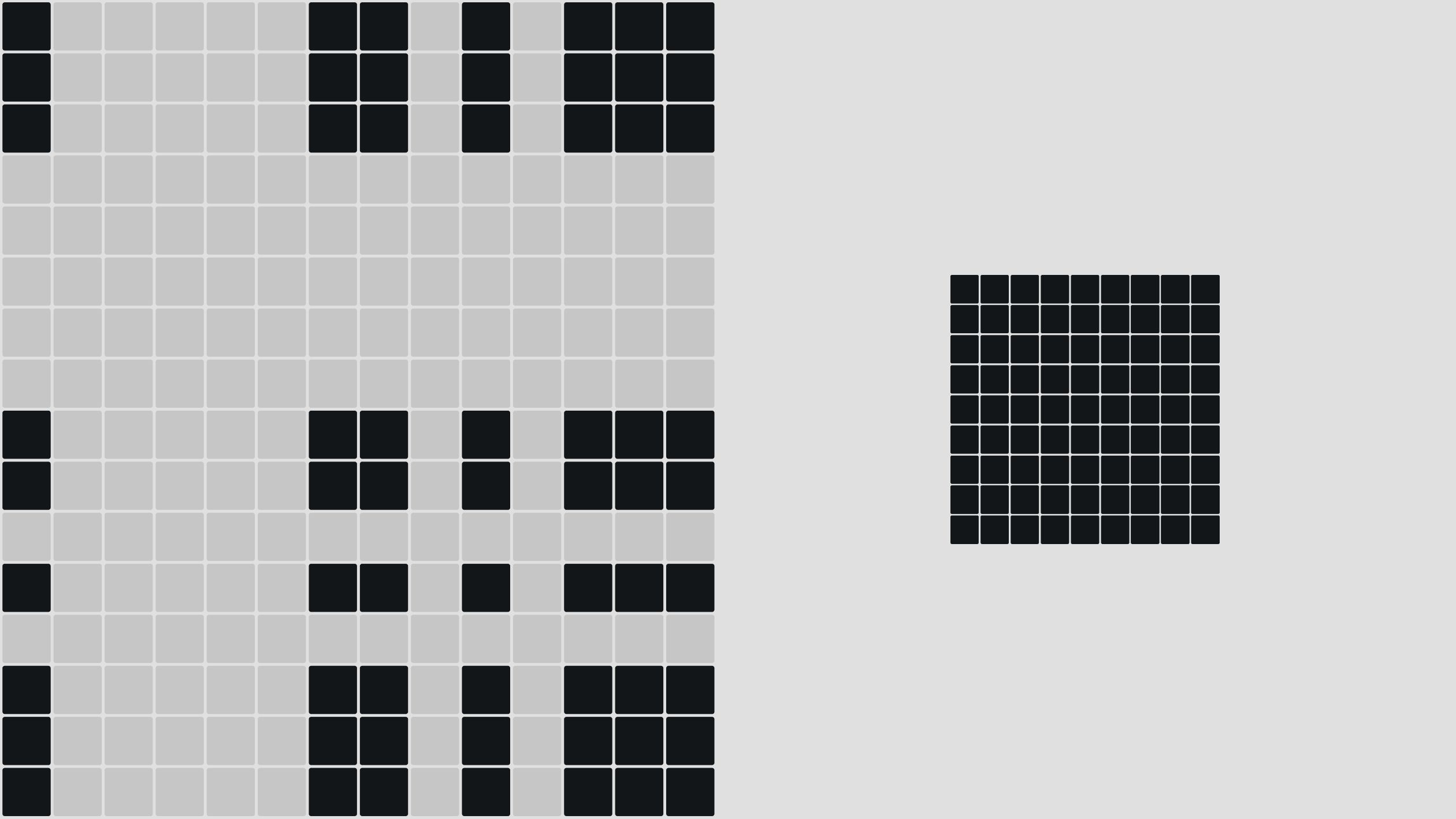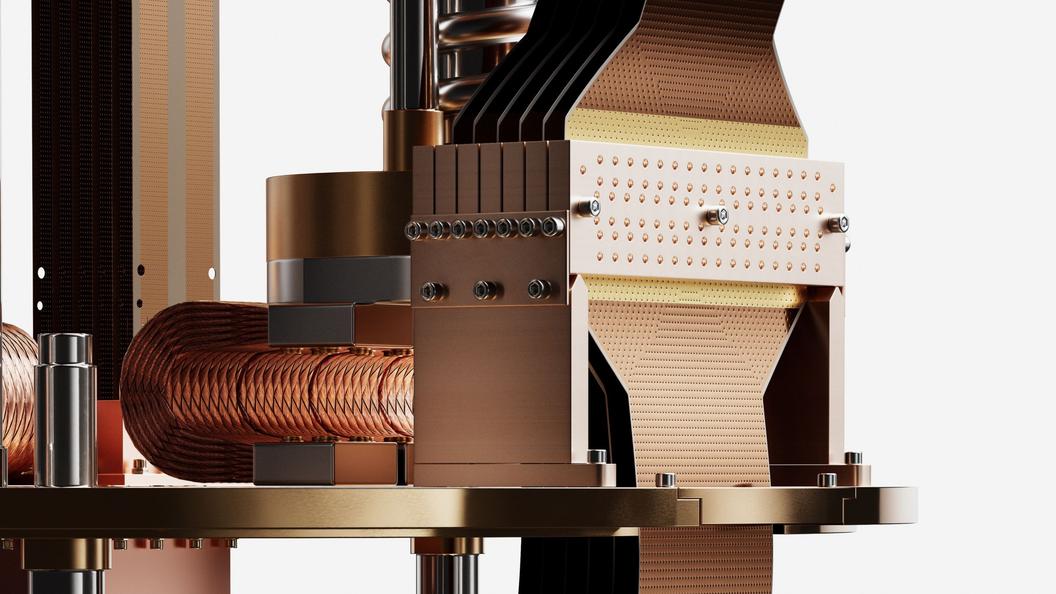IBM built the first vacuum tube “supercomputer” in 1944, the Mark I. The first digital mainframe, the IBM 1401, came along 15 years later in 1959. The IBM 360 mainframe made history when it was released in 1964 but it would be another 17 years before the PC arrived — a computer that people could use in their homes. Before then, computers resided in university labs and large corporations. It took a lot of specialized knowledge to know how to access and use them.
Our quantum computers are decidedly not following in the footsteps of their technological forefathers. IBM made the first five-qubit superconducting quantum computer available for anyone to experiment with, online, in 2016. That spurred the release of bigger and better systems, but just as important, it spurred more diverse and widespread use of the systems.
Japan’s Keio University, IBM Quantum’s first innovation center in Asia, is a microcosm of this quantum ecosystem. The university, a founding member of the IBM Quantum Network, just announced its own members: JSR, MUFG Bank, Mizuho Financial Group, and Mitsubishi Chemical.
They joined Keio’s innovation center for early exploration of today’s universal approximate quantum computers, using our premium 20 qubit systems, as well as our open 5 and 16 qubit IBM Quantum systems. Their goal is to learn how they might rapidly develop practical applications that can do things today’s computers can’t. Let’s put “rapidly” into perspective, though. A quantum computer won’t develop new drugs in the next 10 years. But solutions with a quantum advantage could certainly emerge in fewer than the 40-odd years it took to put big iron classical computing capabilities in our hands in the form of smartphones, and open source software. (IBM Quantum’s quantum information software development kit, Qiskit, is already on github.)
Getting the next generation quantum ready
Keio has contributed to quantum computing for two decades, leading research in the development of silicon-based quantum computing devices. They also offer an Understanding Quantum Computers MOOC. The Dean of Faculty of Science and Technology, Dr. Kohei Itoh, who initiated the university’s quantum information research, and his colleagues, Dr. Naoki Yamamoto, Chair of Keio’s IBM Quantum Innovation Center, and Dr. Rodney Van Meter, Vice Chair of Keio’s IBM Quantum Innovation Center will facilitate the work done between their students and their new industry partners — all via IBM Quantum’s 20-qubit, 16-qubit, and 5-qubit systems. Professors Yamamoto and Van Meter are not only teaching their students how to use and understand quantum computers, they’re preparing them, side by side with industry, for jobs in an entirely new field that companies like JSR, MUFG Bank, Mizuho, and Mitsubishi Chemical are looking for.
As the evolution toward more powerful systems occurs over the next few years, high school students from more than 1,500 high schools are also getting “quantum ready” with the IBM Quantum, preparing them to join Keio or other university innovation centers and contribute breakthroughs we haven’t even ventured to guess, yet.
Just for another bit of historical perspective, IBM’s first tabulators were manufactured in Japan — in 1925. These machines were the precursors to the Mark I. While realizing quantum computing’s full potential will take decades, it hasn’t taken long to give the world access to them. IBM provides real quantum computing with real hardware on the cloud today.



